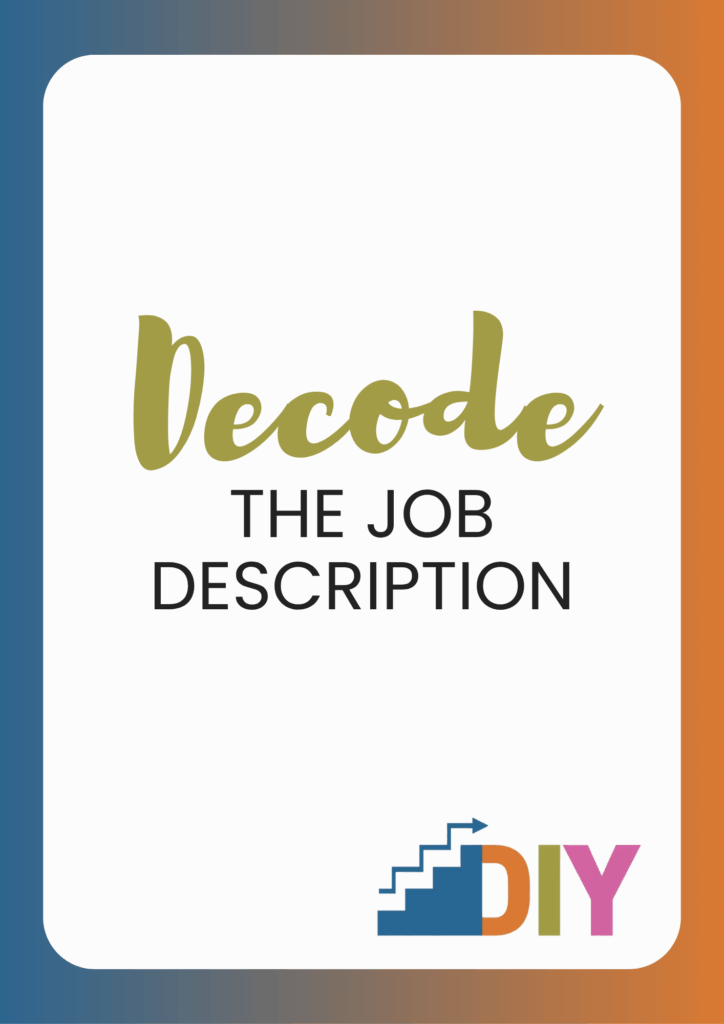Interviewing Has Changed—Have You?
There was a time, not too long ago, when interviewing followed a script. You walked into the room. The interviewer had your resume in front of them. They asked you to talk through your experience, list your strengths, maybe share a story about overcoming a challenge. If you rehearsed well and avoided red flags, you were in good shape.
The company asked the questions. You gave the answers. End of story. But that script is outdated and if you’re still preparing that way, you may be getting passed over for roles you’re absolutely qualified for.

The Power Dynamic Has Shifted
Today’s interviews aren’t about memorizing answers. They’re about demonstrating how you think.
Because in today’s workplace, value doesn’t come from simply knowing how to operate the systems, it comes from knowing how to solve the problems.
You might know your way around Salesforce, but the real question is:
Can you look at a trend in the data and identify which accounts are most at risk and what action to take before churn happens?
You might be able to build a beautiful Excel dashboard, but the real question is:
Can you interpret what the numbers are saying and make a recommendation that moves the business forward?
That’s a Completely Different Kind of Interview Prep
Too many job seekers spend their time polishing answers to questions like:
“What’s your greatest strength?”
“Tell me about a time you worked on a team.”
“Where do you see yourself in five years?”
But here’s the truth:
Companies aren’t just hiring you for what you’ve done.
They’re hiring you for the business problems they’re facing right now and your ability to help solve them.
And most job descriptions? They don’t spell those problems out directly. That’s your job to decode.
Visibility Isn’t Vanity. It’s Leverage
Think of it this way: your resume tells your story. Your online presence proves it.
When you consistently show up in ways that reflect your expertise, your leadership, and your thinking, you don’t have to chase opportunities. You attract them.
But most job seekers never get there. Not because they lack value, but because they stay silent. Don’t make that mistake.
Step 1: Understand the Role Beneath the Role
Every job exists to solve a problem. Period.
If you don’t understand what that problem is, you’re just reciting your greatest hits—and hoping one of them lands.
Ask yourself:
- What’s the pain this team is feeling that led them to open this role?
- Where are they trying to grow, and what’s getting in the way?
- What would success look like in this role, six months from now?
If you can’t answer those questions, you’re not ready to interview.
Step 2: Match Your Experience to Their Problems
This is where positioning matters. You don’t need to have done this exact job before. You need to be able to say:
“Here’s the kind of challenge you’re facing. Let me show you how I’ve tackled something like that before and what I’d bring to the table now.”
That’s what sets you apart: not your ability to check boxes, but your ability to connect dots.
Step 3: Show Your Thinking
In a world where AI can regurgitate facts and templates are everywhere, what makes you valuable is how you think. Your judgment. Your pattern recognition. Your point of view.
So when you talk about a project, don’t just share what you did, share why you did it, what you considered, what you prioritized, and how you’d evolve your approach next time.
This is how interviewers see not just what you’ve done but how you’d operate in their environment.
Step 4: Prepare Questions That Prove You’re Already Thinking Like a Team Member
At the end of the interview, when they ask, “Do you have any questions for us?”, that’s not small talk. That’s your chance to prove you’ve done your homework and are already engaged with their challenges.
Ask:
- “What does success look like in this role and what tends to get in the way of it?”
- “How does this role contribute to your top priorities this quarter?”
- “What kind of support or cross-functional collaboration would make the biggest difference in delivering results?”
- “Where do you see the biggest opportunity for someone in this role to add unexpected value?”
- “What’s currently getting in the way of the team reaching [X goal]—and how can this role help unblock it?”
These aren’t throwaway questions. They signal readiness.

Bottom Line:
The best candidates aren’t the ones with the longest resumes. They’re the ones who understand what the job is really about and position themselves as the person who can deliver.
So stop preparing for the interview like it’s a pop quiz. Start preparing like it’s a strategy session.
Because when you walk in not just ready to answer questions, but to solve problems, that’s when you stop being a candidate and start being the solution.